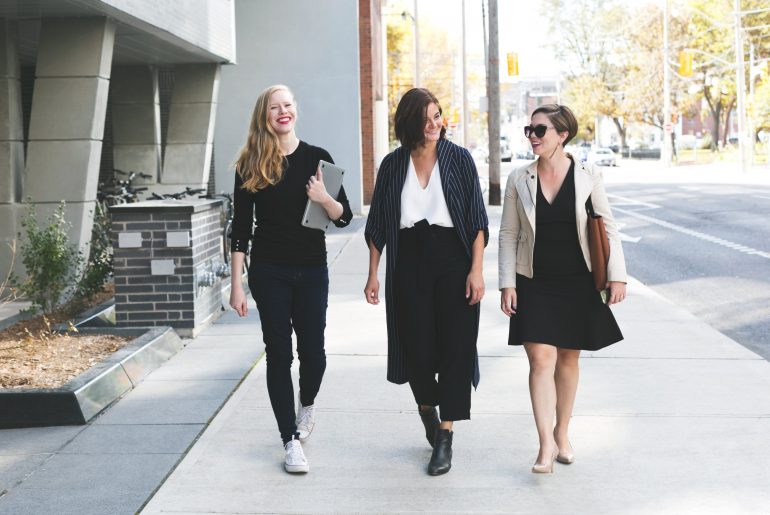The BeUpstanding program has just celebrated its 3rd birthday. Designed to support workers to sit less and move more for their health and wellbeing, the program has seen over 650 workplaces sign up and over 45,000 employees exposed to the sit less, move more messaging. But why do workplaces want to take part in BeUpstanding in the first place, or, more specifically, what do they aim to achieve by taking part? Now, thanks to the efforts of three UQ psychology students, we have been able to unpack just why work teams want to BeUpstanding. Their findings will be discussed in a series of blog articles. This first article examines health and behavioural aims and was written by Nicole Delmo, a UQ psychology honours student. So, what did we do? As part of the sign-up process for BeUpstanding, workplace champions are asked “What are you hoping to achieve by your work team taking part in BeUpstanding?”. This is an open text question, meaning that champions can write as much as they want in their response. We analysed 332 responses to this question using a process called ‘thematic analysis’. First, we independently identified the topics present in the responses and grouped them…
![]()









